Ngorongoro Conservation Area, Tanzania (June 16-18):
Ngorongoro Crater: This crater used to be large mountain millions of years ago. A geological event caused it to collapse in on itself. What remains is a 12-mile diameter crater that is surrounded 360-degrees by a 2000 foot high mountain range. Although most animal species can get out of the crater when they want to, the mountain range tends to keep the inhabitants isolated and captive.
The crater has a very diverse ecosystem. At the center is a small lake less than a mile in diameter. It was stocked with thousands of Flamingos and other water birds. Also, many animals congregate there for the water. There were several swampy zones near this caldera for wading birds. The rest of the crater is an open plain where you can find elephant, rhino, big cats, wildebeest, etc. Driving up and over the mountain range brings you into a lush tropical rain forest. You can see it all at this location, and the crater is small enough that you can tour it in one day.

Hyena:
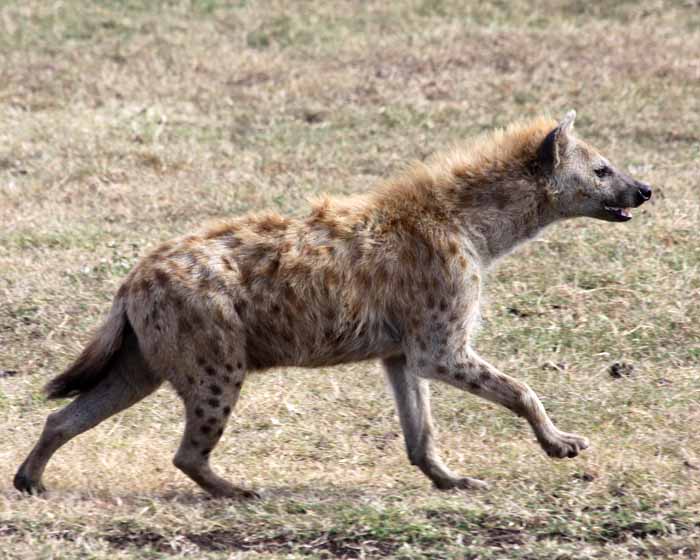
Black Backed Jackal:
We saw two species of jackal in Africa.
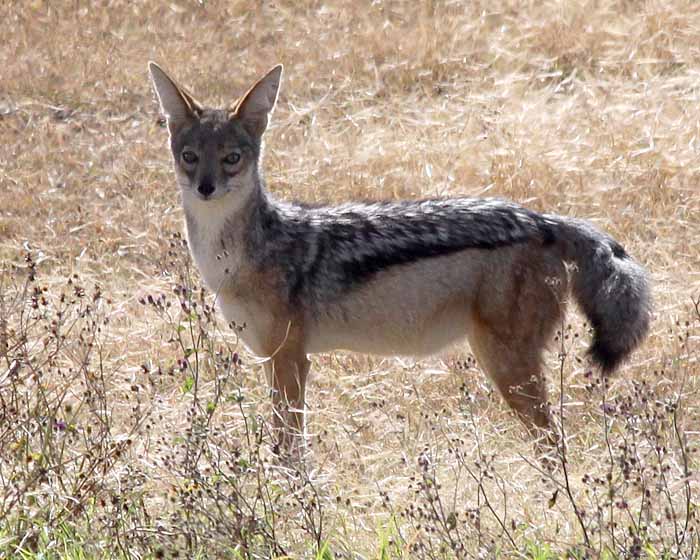
Golden Jackal:
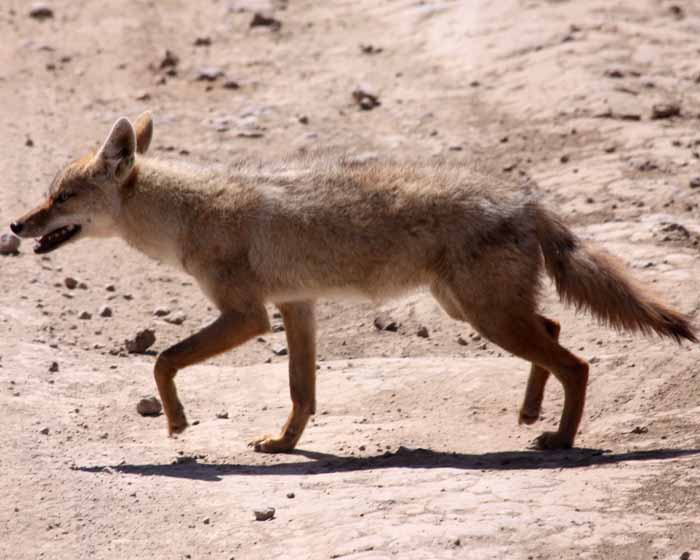
A view from the Caldera:


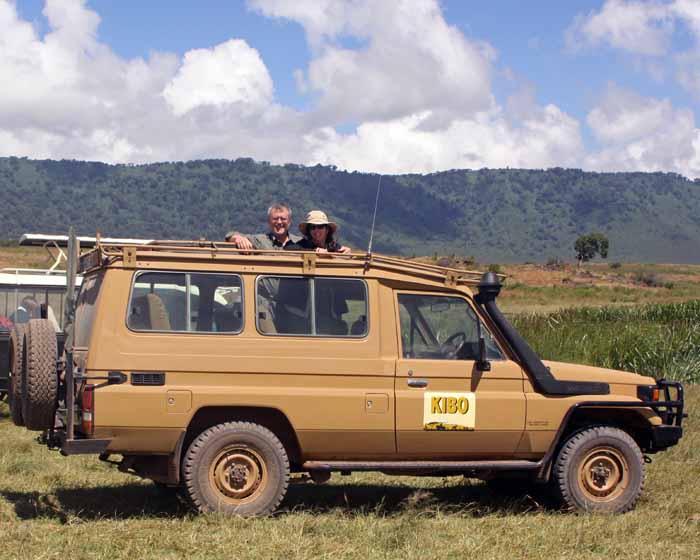
Impala:
Two males fighting.
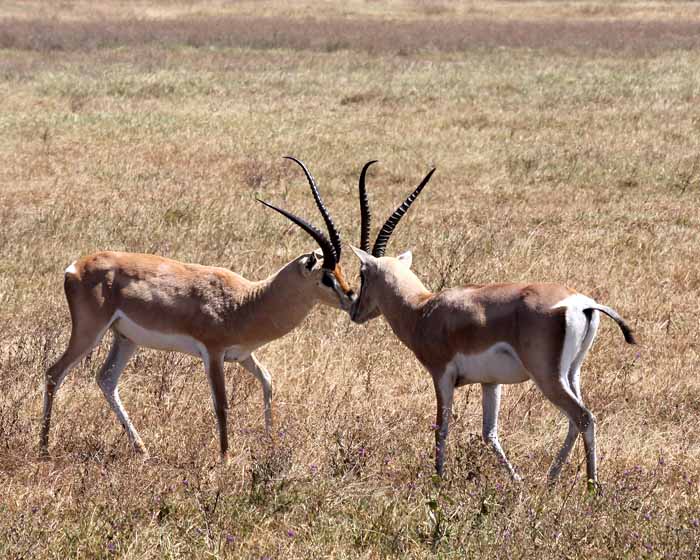
Top of Crater:
This is a view from the top of the crater. You can see the opposite end approximately 12-miles away, and the lake formed at the caldera.
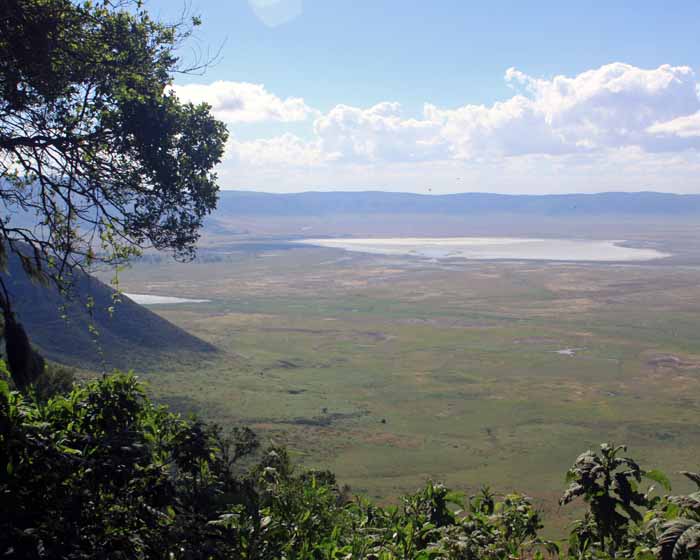
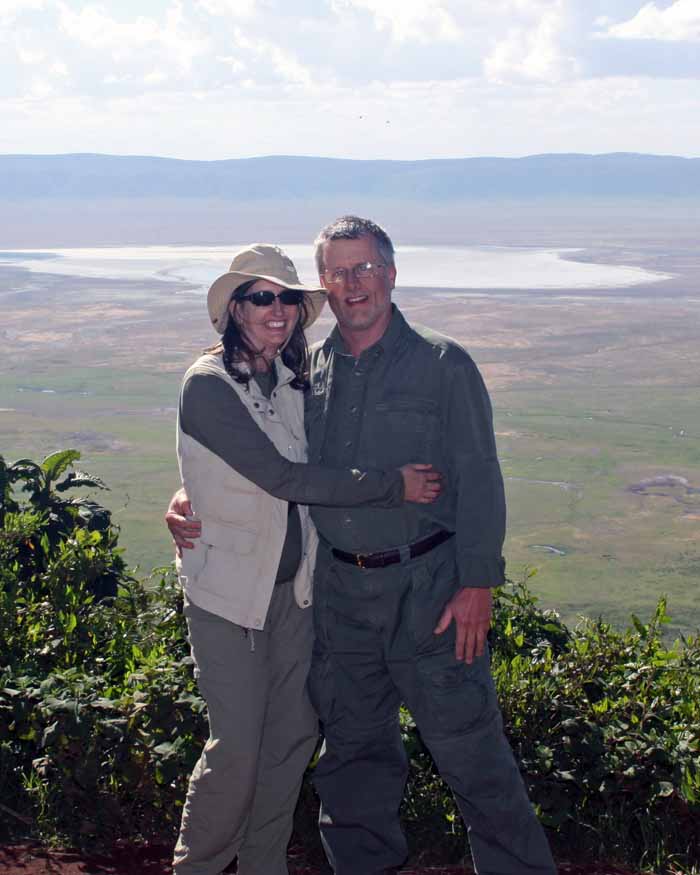
Olduvai Gorge:
This gorge is considered one of the most important prehistoric sites in the world. It is called, The Cradle of Mankind since it is where the oldest known human fossils have been found, dated at 3.9 million years. Archeologists Louis and Mary Leakey first excavated the site in the 1950's.

